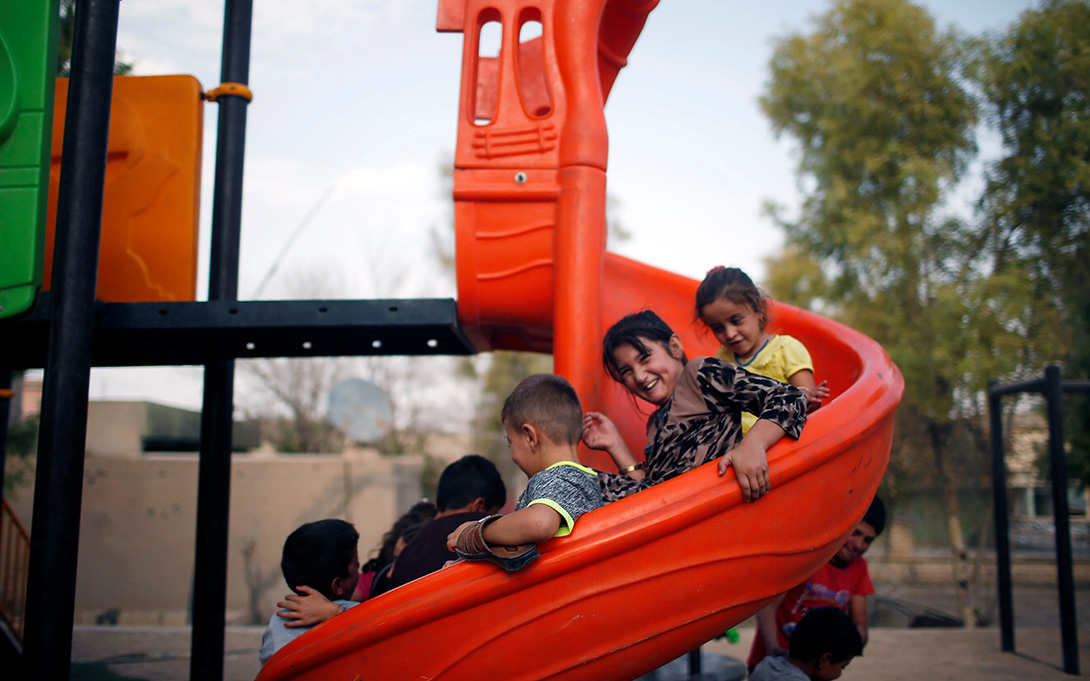
How life outside of a school affects student performance in school
This report presents findings from a unique partnership between the University of Michigan and the State that allowed us to match the universe of child maltreatment records in Michigan with educational data on all public school children in the state. We find that roughly 18 percent of third-grade students have been subject to at least one formal investigation for child maltreatment. In some schools, more than fifty percent of third graders have experienced an investigation for maltreatment. These estimates indicate that child abuse and neglect cannot simply be treated like a secondary issue, but must be a central concern of school personnel.

Key findings
In recent years, policymakers have paid increasing attention to the many ways in which factors beyond school influence a child’s educational outcomes. Indeed, recent research finds that the “poverty” achievement gap – that is, the difference in academic achievement between poor and non-poor children – has grown faster than the racial achievement gap.1 But there is less widespread recognition of the severe traumas that children can face, including homelessness, domestic violence, parental drug abuse, neglect and physical or sexual abuse.
Such trauma is consistently linked to a broad variety of negative life circumstances including poverty, juvenile delinquency, adult crime, low academic achievement, substance abuse, mental disorders and poor health. The consequences of early childhood trauma have serious implications for not only the victims, but also families, schools and communities.
The academic struggles of youth in the foster care system have received growing attention. And recent work highlights the needs of another group of young people who experience trauma – those who are homeless. However, only 4 percent of children with reports of abuse or neglect end up in foster care.
Here we report findings from a unique partnership between the University of Michigan and the State that allowed us to match the universe of child maltreatment records in Michigan with educational data on all public school children in the state. Our work focused on answering the following questions:
- What is the prevalence of child maltreatment investigations (for abuse or neglect) in the public school population by the time students reach third grade?
- Does the risk of maltreatment differ by student race, gender, socioeconomic status or geographic location?
- What is the association between maltreatment and academic performance?
Our findings have important implications for education and social welfare policy in Michigan and beyond. Most importantly, we document that maltreatment is not a problem limited to a small set of children. On average, approximately 18 percent of third grade students has been subject to at least one formal investigation for child maltreatment. In some schools, more than fifty percent of third graders have experienced an investigation for maltreatment. These estimates indicate that child abuse and neglect cannot simply be treated like a secondary issue, but must be a central concern of school personnel.
Published: Economic Studies at Brookings, Evidence Speaks Reports
